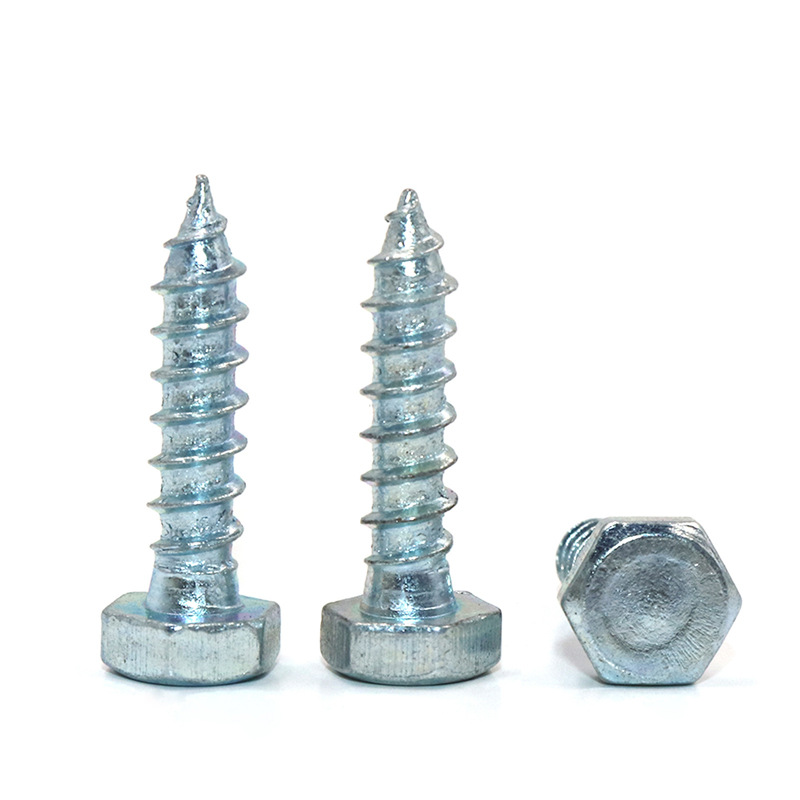

Size Guide for Self-Tapping Screws Suitable for Metal Applications
10月 . 10, 2024 23:14 Back to list
Size Guide for Self-Tapping Screws Suitable for Metal Applications
Self-Tapping Screws for Metal Sizes and Selection Guide
Self-tapping screws are essential fasteners in various industries, especially for metal applications. These screws eliminate the need for pre-drilled holes, making them incredibly convenient and efficient. Understanding the different sizes and types of self-tapping screws for metal can significantly enhance your project’s durability and effectiveness. In this article, we will explore the various sizes of self-tapping screws and provide guidance on selecting the right type for your needs.
Understanding Self-Tapping Screws
Self-tapping screws are designed to create their own thread as they are driven into materials, which allows them to hold tightly without the need for additional nuts or washers. The two primary types of self-tapping screws are those that cut their own threads (thread-cutting screws) and those that create a thread by displacing material (thread-forming screws). Each type has specific applications, so knowing the difference is crucial when selecting the right screw for metal.
Sizes of Self-Tapping Screws
Self-tapping screws come in various sizes, which are typically defined by their diameter and length. The diameter is commonly indicated in gauge numbers, where a higher number corresponds to a smaller screw, while length is usually measured in inches or millimeters. Here are some common sizes
1. Diameter Sizes range from 0 to 14 in the Imperial system and from 2.0 mm to 6.3 mm in metric terms. The choice of diameter depends on the thickness of the metal being secured. For instance, heavier gauge metals might require larger diameter screws. 2. Length Self-tapping screws can vary in length, typically ranging from 1/4 inch to several inches long. The length chosen should be sufficient to penetrate the metal and provide a secure fastening without excessive protrusion.
3. Head Types Various head types are available, including pan, flat, and hex. The head type affects the screw's engagement with a tool and the overall aesthetic of the finished project. For metal applications, a hex head is often preferred for better torque application.
self tapping screws for metal sizes

Selecting the Right Self-Tapping Screw
When choosing self-tapping screws for metal, consider the following factors
1. Material Ensure that the screw material is suitable for the metal you’re working with. Stainless steel screws are ideal for aluminum, while carbon steel screws may be appropriate for thicker, harder metals.
2. Coating Coatings, such as zinc plating or black oxide, can improve corrosion resistance. In environments exposed to moisture or corrosive substances, it’s crucial to select screws with the appropriate coating.
3. Pilot Holes While self-tapping screws don't require pre-drilled holes, creating a pilot hole can ease the installation process and reduce the risk of metal distortion or screw breakage, especially in thinner sheets.
4. Torque Requirements Some applications may require screws that can withstand higher torque and load. Make sure to choose the appropriate gauge and length to handle your specific requirements.
Conclusion
Self-tapping screws for metal play a vital role in various construction and manufacturing applications. By understanding the different sizes, materials, and types of these screws, you can make informed decisions that ensure your projects are secure and efficient. Always consider your specific application needs, and don’t hesitate to consult with a professional if you have questions regarding the right fastener for your job. With the right self-tapping screws, you can achieve reliable and lasting connections in your metal projects.
Latest news
-
Similarities and Differences Between Plain Washer and Spring Washer - Fastener Comparison Guide
NewsJun.10,2025
-
Effortless Installation Self-Drilling Window Screws - Fast, Secure, and Durable Fasteners
NewsJun.10,2025
-
Self Drilling Stucco Screws for Fast, Secure Installation Self Tapping & Self-Tapping Fasteners
NewsJun.10,2025
-
Premium Hot Dipped Galvanized Self Tapping Screws - Durable Corrosion Resistance
NewsJun.09,2025
-
Discover M12 Weld Stud Benefits & Applications Guide
NewsJun.09,2025
-
M25 Stainless Steel Washers High-Durability Fasteners for Corrosion Resistance
NewsJun.09,2025

